Cinematic Portraits Project with Fujifilm cameras
Over the last year, I’ve been working on a portraiture project, I loosely call Cinematic Moments. Coming from a filmmaking background; I’ve always explored storytelling, and over the past few years, as I’ve explored photography as a creative medium, storytelling has definitely creeped it’s way in.
A few years ago, when I was first starting photography (mainly to become a better filmmaker, by picking up photographic composition and framing), I took a photography class, in order to hone my skills and get a gut check on the technical process of shooting stills. At the end of the 10 week course, our teacher asked us to do one big final project, in any area of photography. She knew that I came from a motion picture background, so she encouraged me to incorporate some form of narrative storytelling. So I decided to do a short film in still photography, limiting the frames to 6 pictures.
The project was challenging, but I found the experience to be so enriching and satisfying. After that project, I went back into more of my video work, only shooting pictures occasionally for fun, and taking on a commercial project here and there.
But since recently starting to shoot with Fujifilm cameras, and being able to carry these amazing mirrorless cameras everywhere, I decided I wanted to take my photography more on a project level. So I took some of the concepts of this class project, and kicked off the Cinematic Moments Project.
Phase 1
The end goal of this project, was to present short stories through sequential stills, but I wanted to first cast actors and models. But since this was not a traditional casting process, and since there were no lines, and all the acting and movement would be in stills form, I decided that the casting process would be the first phase of this project, in the form of solo portrait shoots, exploring scenes, rather than a full narrative. The idea was to pull a handful of actors and models, from these solo shoot, that could then incorporate into a full narrative story project.
Pre-Production
I started with actors and models, both from my own circle, as well as open casting calls. Living in New York City, I thankfully got a ton of submissions, and then reached out to the actors I wanted to work with. Many were very receptive to the project, as it opened up a side of acting they wanted to explore further. Telling story through movement and expression. It was almost similar to dance.
Generally we would start off, thinking of a character similar to their own personality and look, and then another character that was a complete opposite in either look or personality. It helped me understand the range of the actors ability to express without dialog from one direction to the other. I also liked the idea of transforming actors into diverse characters, especially if they were quite different than what they usually were used to playing.
We would then pick a location or locations, and from there, all the logistics came together. From hair and makeup, to wardrobe. Probably the two most challenging pieces to any fine art photography project! Thankfully I’ve gotten a lot of help from some very talented designers, stylists, and makeup artists.
Once all of the details are put together, we go out and shoot. We try and do one to two setups per shoot day. Generally, the shoots last anywhere from 2-4 hours, and are generally on location somewhere. It’s especially challenging and fun when fighting with the weather, however I’ve been able to capture some amazing moments, that would have normally been a disaster, but ended up being happy accidents.
Equipment
I currently own two camera systems. A full frame Canon EOS system, and an APS-C Fujifilm X system. Even though I’ve been a Canon shooter for about 10 years, I’ve almost completely migrated over to Fujifilm as my main camera system, only bringing the Canon out when I need a specific “full frame” look. My Fujifilm X system consists of a Fujifilm X-T2 and a Fujifilm X-Pro2 body, that I carry wth me on portrait shoots. I generally shoot two to three different focal lengths when on a portrait or editorial shoot, and I generally don’t shoot zooms, since I trained on primes and most comfortable with fixed lenses. I currently own a Fuji XF Series 16mm f1.4, 23mm f1.4, 35mm f1.4, Mitakon 35mm f0.95, XF 56mm f1.2 and XF 90mm f2 lenses. Since shooting, on the Fujifilm systems, my relationship to photography has completely transformed. I shoot more than I ever have, and there’s just a magical characteristic to the Fuji’s I can’t quite explain. It’s allowed me to explore not only fine art and editorial portrait photography but extended my creativity into an area of photography I’ve always loved. Street Photography.
On the Canon setup I have a Canon EOS 6D, with the legendary Canon EF 85mm f1.2 L II lens for those moments where I need swirly bokeh, and extreme shallow depth of field (or low light performance) and I’ve just started shooting more on the 35mm full frame focal length, and have been renting either the Canon 35mm f1.4 L II or the Sigma 35mm f1.4 ART Lens. I’m hoping to own one of the two eventually as I’ve enjoyed wider focal length bokeh on the Canon but for the most part, all my shoots are predominantly on Fujifilm X cameras.
I recently picked up a Fujifilm X100F, as a walk around, street shooter, and daily picture diary, and was blown away by the quality and character this camera exhibited. I actually brought it on a portrait shoot a couple of weeks ago, instead of my 23mm f1.4 lens, to see how it faired. Needless to say, the X100F did not disappoint!
The Process
For the sake of adding a cinematic look, I generally like to shoot about an hour or two before sunset, or early in the morning, right after sunrise if we’re shooting outside. I shoot natural light for the most part, and those time periods are the easiest to shape and move light in my favor. If I happen to bring an assistant, I can sometimes push towards late afternoon, so I can have someone hold modifiers, to shield some of the bright direct sunlight.
For interior shots, it depends on what kind of light I’m trying to capture and what story I’m trying to tell. I’ve learned that light is such a storytelling tool, and have really tried to get better at that aspect of photography.
In the evening, I’ll try and find a moderately lit area to shoot with a bit higher ISO that is still lit with street lights and try and keep my pictures exposed properly or as much as I can. Sometimes I’ll carry a speedlight and softbox with me, or a small light panel with gels, to add atmospheric continuous light. I plan on exploring more with artificial light, this year, especially now that Fujifilm is starting to get mature lighting gear such as Godox/Flashpoint, Nissin and Cactus.
When I get together with a model or actor for a shoot session, we generally meet somewhere near the location, and have had prior conversations on how the shoot will go. We’ll start “workshopping” different scenes, and emotional states surrounding a subtle narrative we’ll explore. Capturing moments, both in expression but also capturing the surroundings, to add story. For more staged shoots, I might bring a makeup artist, or stylist or both, and we’ll craft the character even more visually.
As far as camera gear, I tend to keep it simple, since we’re usually shooting at un-secure locations in and around the city. I usually have an XF 35mm f1.4 on my X-T2 with a battery grip, which is perfect for capturing a subject and the scene in which they’re in. I’ll also carry an X-Pro2 with a XF 56mm f1.2 lens. The 56 is by far my favorite lens of the Fujifilm XF lenses. I consider it almost the perfect lens. I can shoot wide open for the most part and not have to think about the usual challenges I have with shooting wide open on my Canon 6D with the 85mm f1.2. It’s just tack sharp through and through and gives just the perfect amount of bokeh and subject separation.
I recently picked up a manual focus only lens, called the Mitakon Speedmaster 35mm f0.95 Prime lens. Because of it’s fast aperture, it produces shallow depth of field comparable to full frame systems. It’s been sitting permanently on my X-Pro2 since I started shooting with it last month, and so now the 56mm f1.2 sits on my X-T2, which I think is a better fit anyways.
I was hesitant to use a manual focus only lens but because of all the focus assist tools built into the Fuji system, I’m able to achieve tack sharp photos!
As far as camera settings, I tend to shoot in aperture priority mode. I’ll set my ISO to auto and white balance to auto, unless I’m in an environment which requires me to tend to those settings more specifically. Then I’ll just adjust aperture and exposure compensation when necessary. The Fujifilm X system has really helped me explore techniques and settings like this, since all of the adjustments are right there, on top of the camera. Something you would not normally see on a DSLR.
I also shoot in high or low burst mode, when capturing a lot of movement by my subject, so that I can capture every subtle moment while maintaining framing and composition.
I like working with the Fujifilm on-camera Film Simulations, and although I might not stick with the look in the end of post processing, I like to customize a look, based around Fuji’s Classic Chrome or the monochromatic Acros settings and use that to help me convey a dramatic shot, visually, right out of the camera. Something that is unique to Fuji and ultimately what won me over to this system.
Once I finish up a shoot, I tend to take a week on retouching and photo editing, using predominantly Adobe Lightroom or Lightroom Mobile with a little help with VSCO. I’ve also been exploring tools like Capture One and Iridient X-Transformer which seem to process Fujifilm RAW files a little better.
Next Steps and Phase 2
Now that it’s been a year or so, since I started the casting process, I’ve been lucky to have met and started regularly working with; a really amazing team of creatives! My goal now is to expand the project, incorporating more characters on camera and into full fledged narratives told in sequential order.
It’s been an amazing journey exploring storytelling, through people and still photography. I love working with people so this project has been an enriching fit, and also satisfies my filmmaking urges.
In filmmaking a lot of factors (and people) are dependent to the success of the project. With photography, it’s much easier to achieve your vision in a cost effective way and I’m able to realize my ideas much faster.
SUBSCRIBE TODAY THE FUJI X PASSION VIRTUAL MAGAZINE
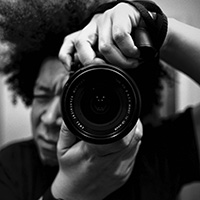
New York based photographer and filmmaker; Peter Price began his career in music, composing and sound designing for film and TV before eventually transitioning to film and video production. To better his composition in filmmaking, he picked up stills photography, and was quickly addicted, focusing his attention in story telling through portrait and street photography. Over the past year, Peter has completely switched over to Fujifilm cameras, as his tool of choice for stills photography, and continues exploring creative fine art portrait projects, as well as street and documentary photography. When not shooting stills, he continues to work in filmmaking and production, both as a creative and technical consultant.

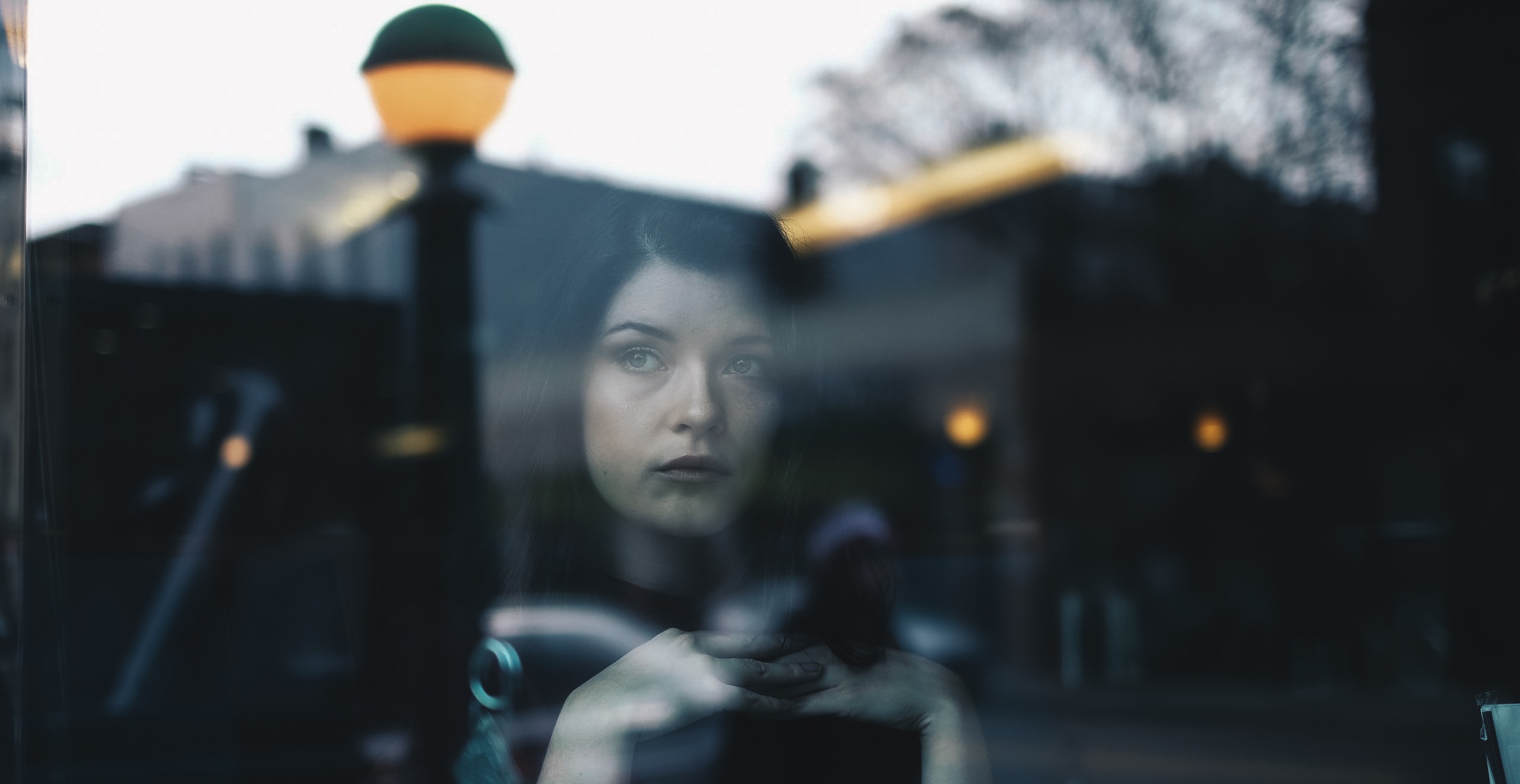
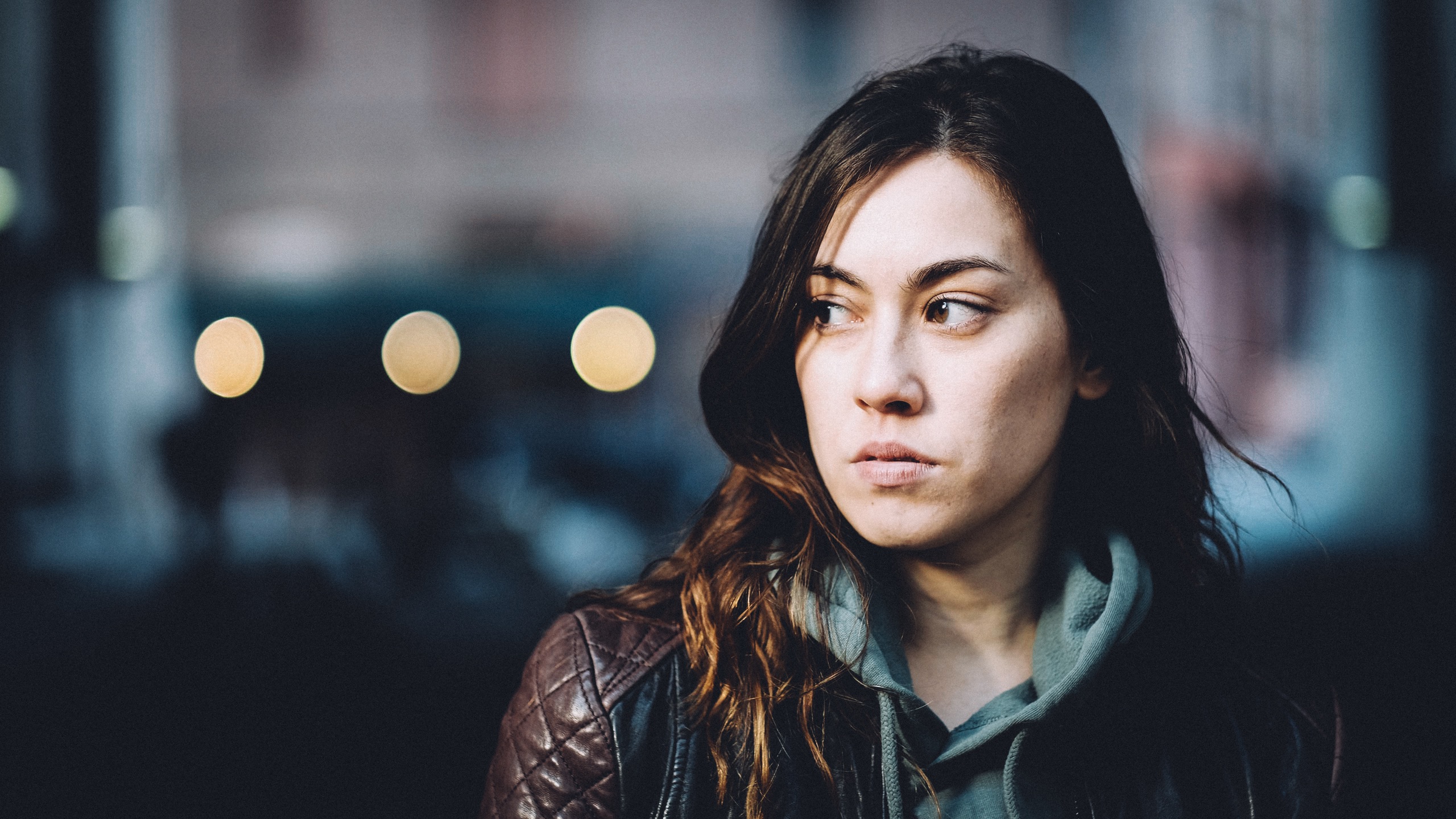
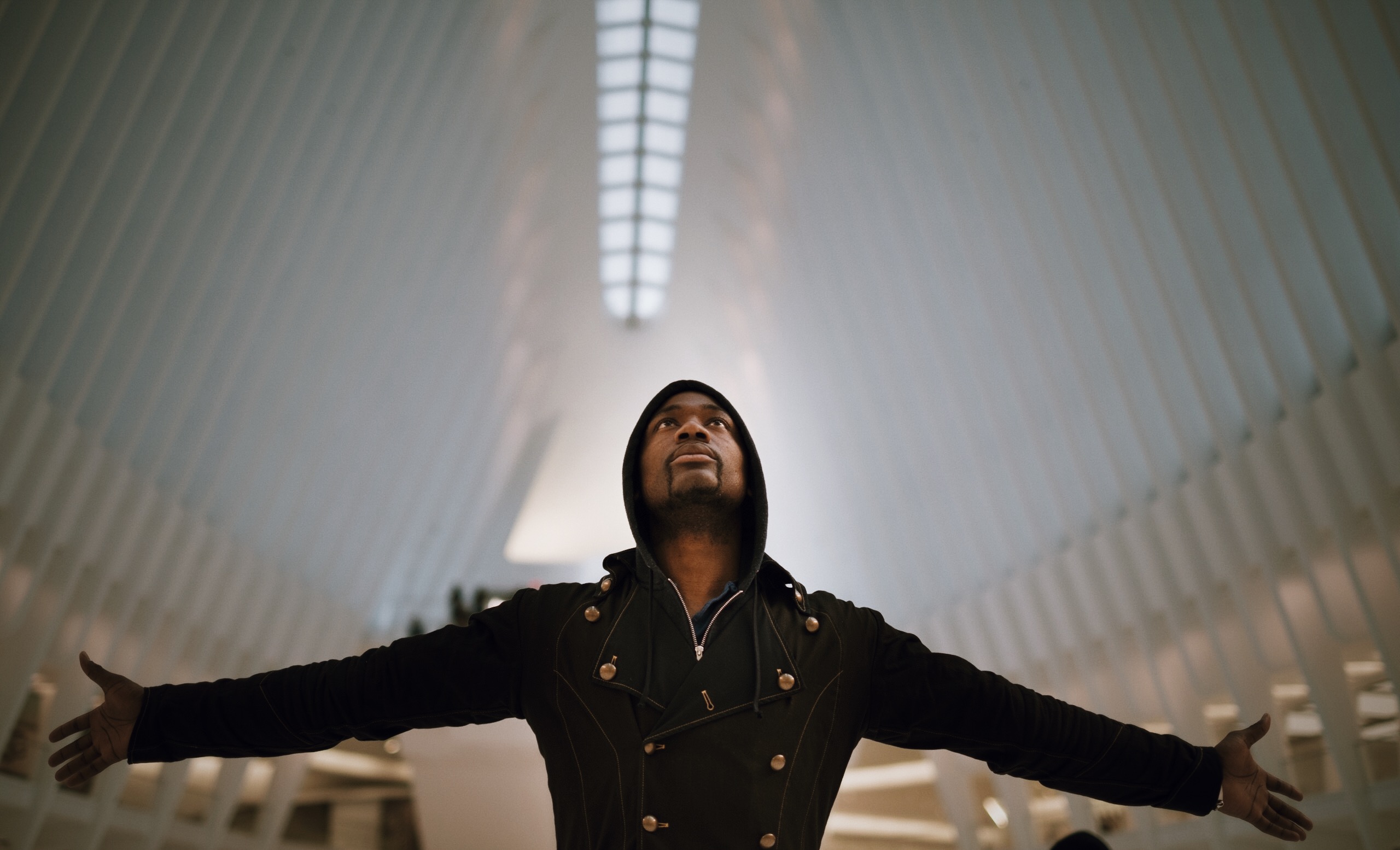

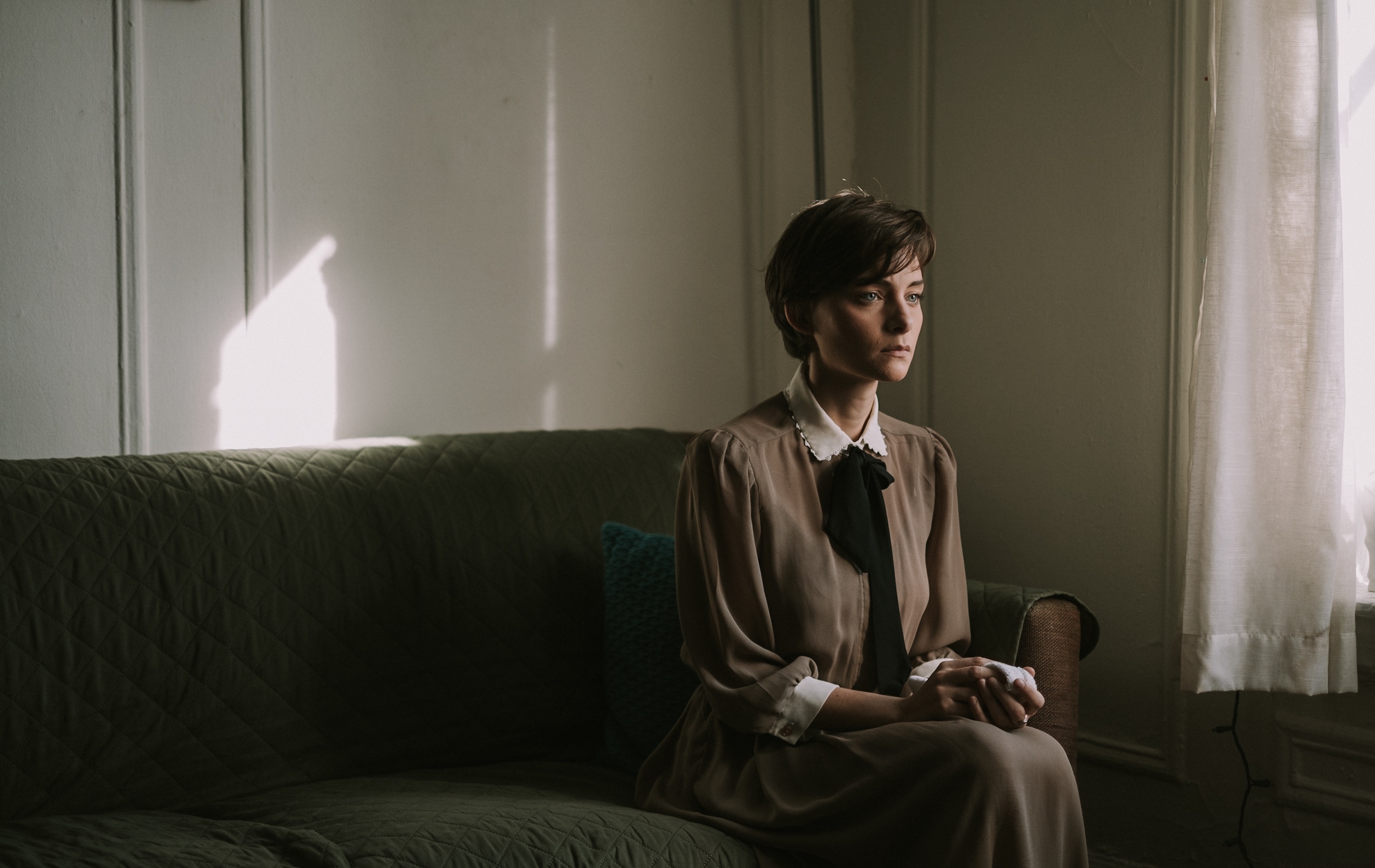
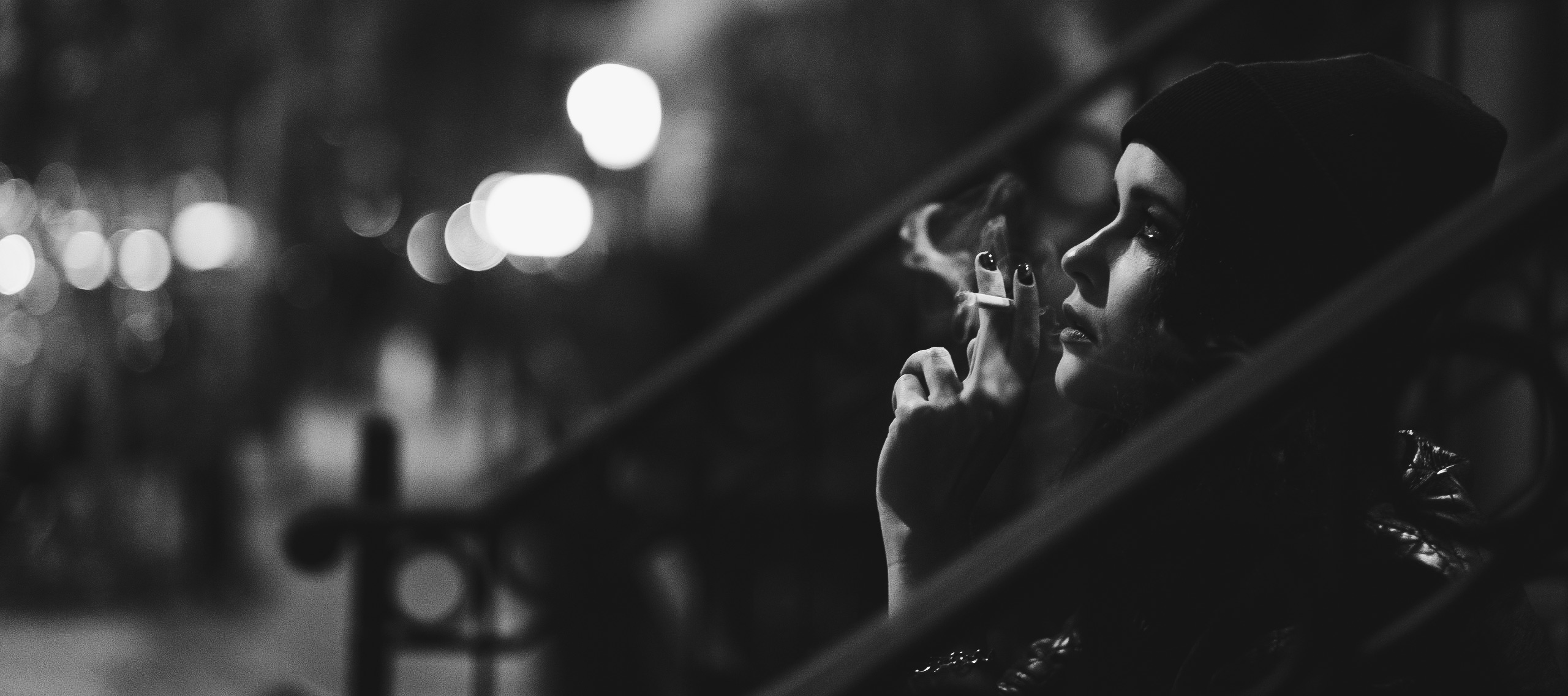
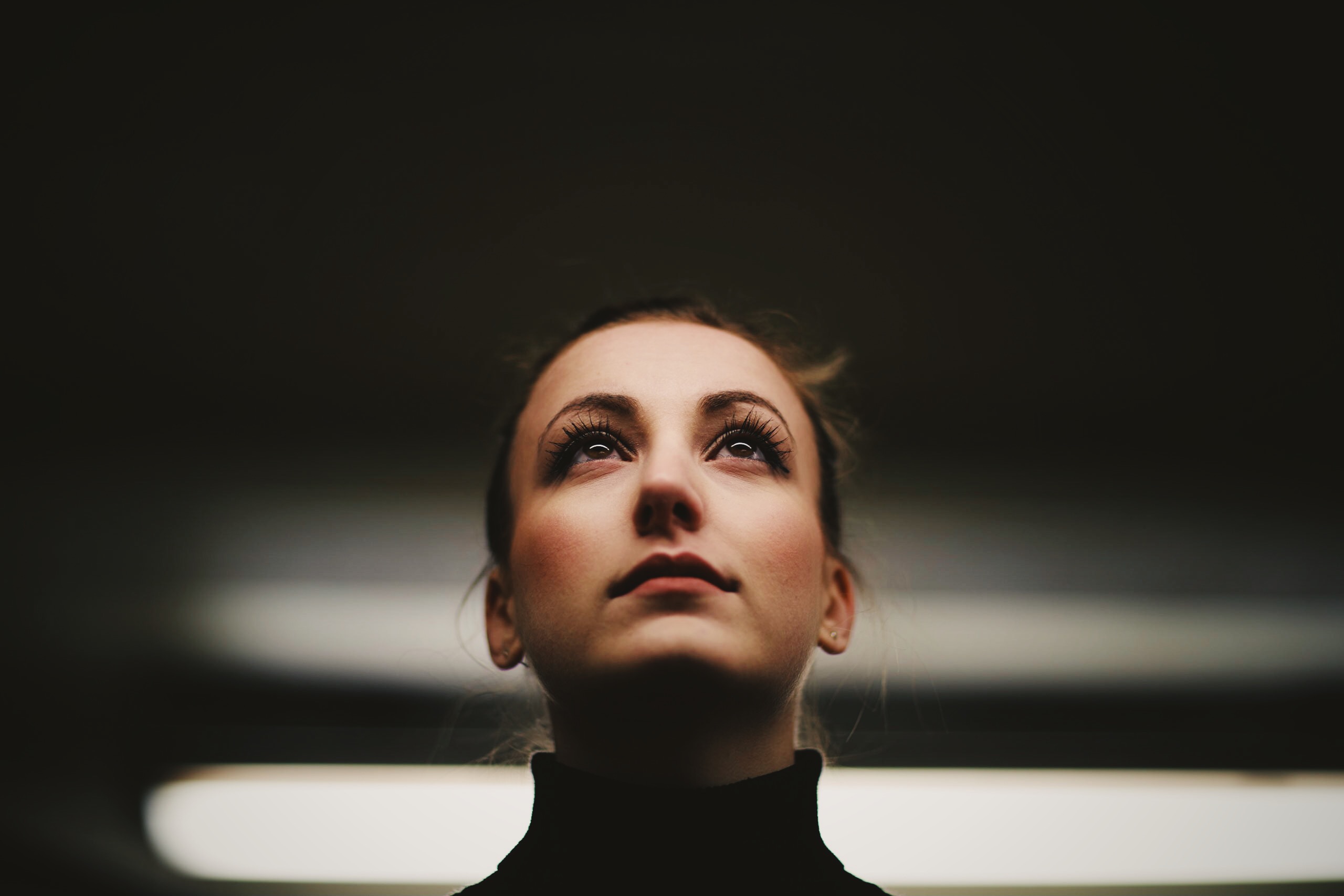


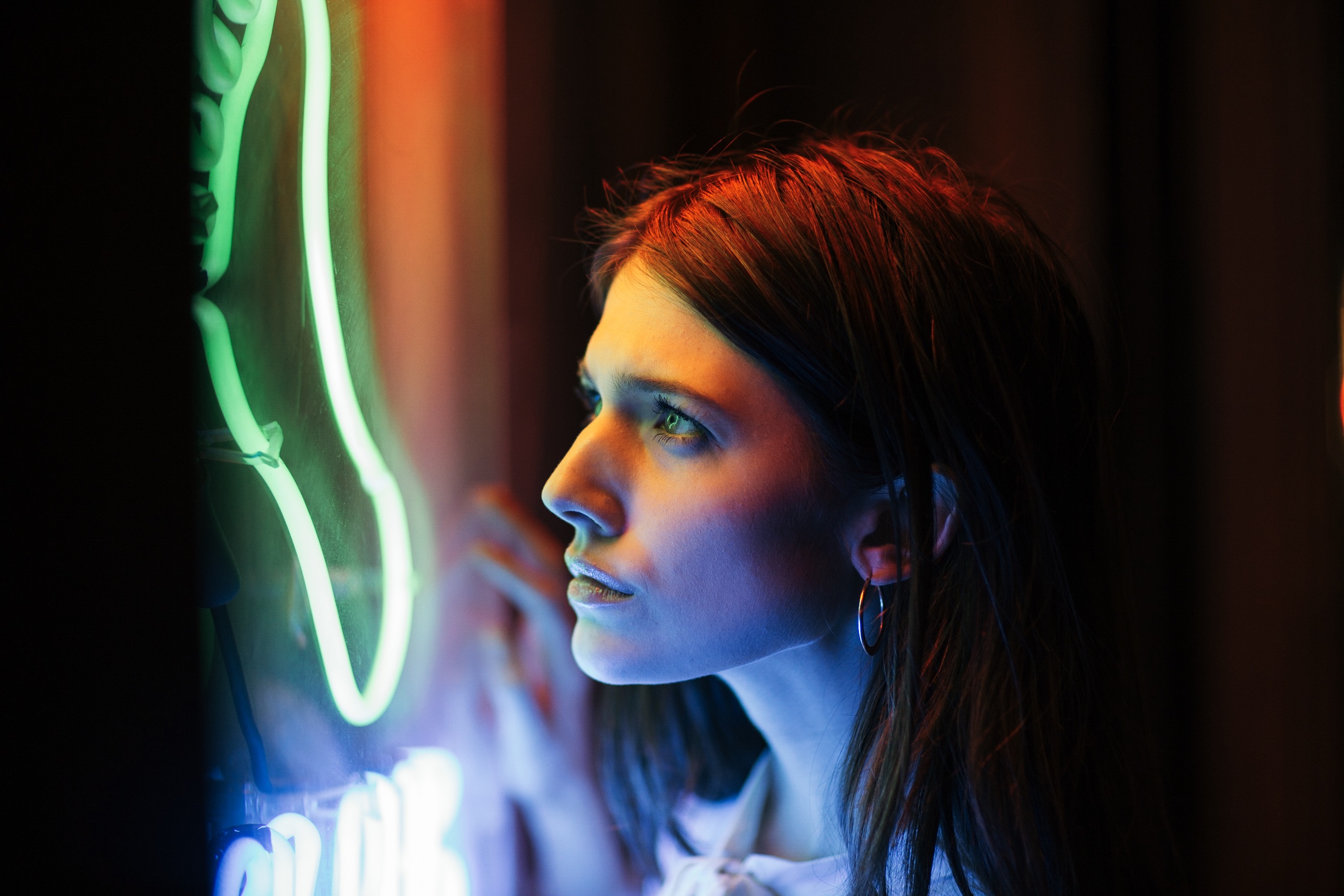

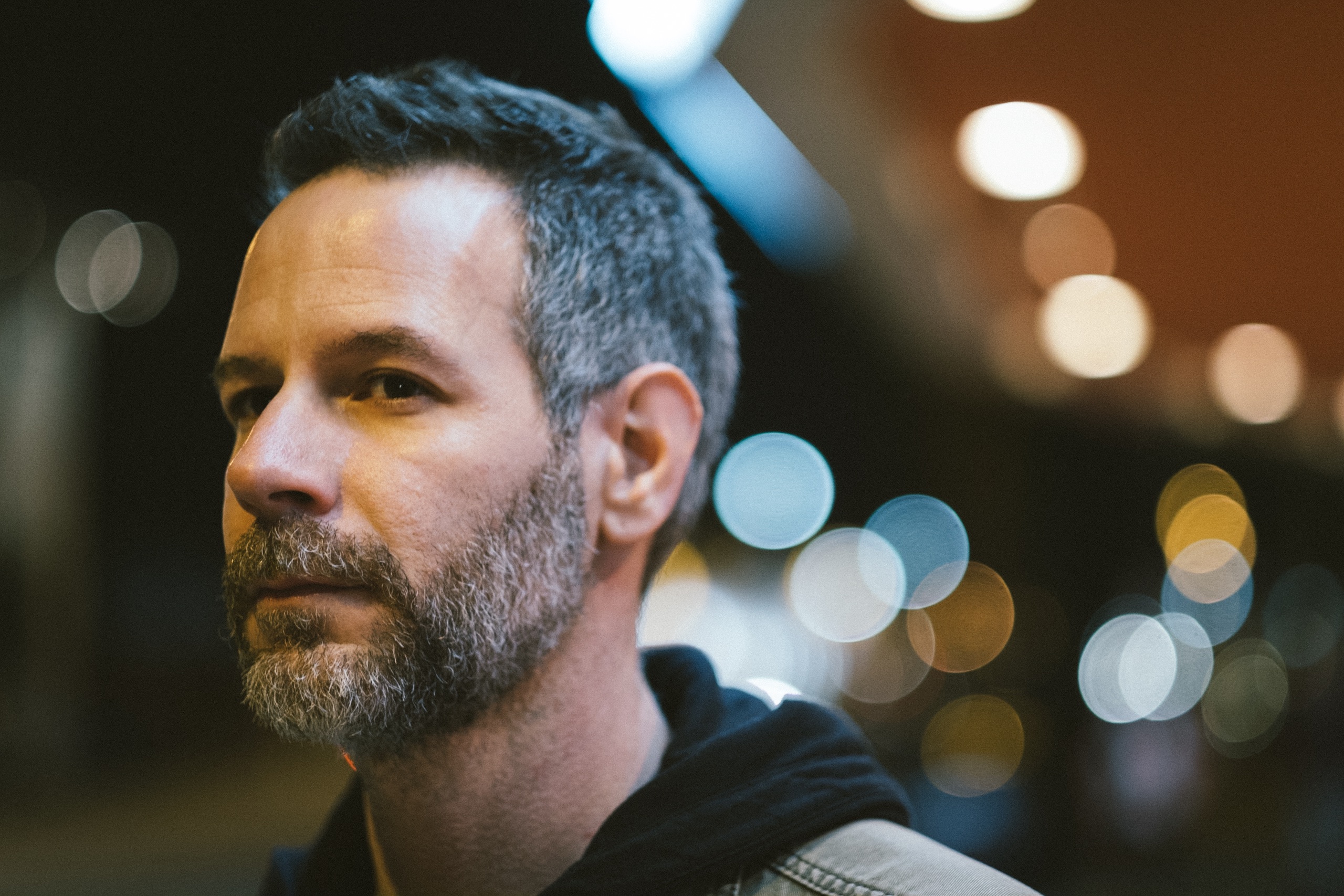




Karlon Cromwell
April 24, 2018 @ 5:25 am
Amazing work truly amazing!
petereprice
May 28, 2018 @ 2:06 pm
Thanks so much Karlon!
Hood Ben-Eshak
May 4, 2018 @ 10:01 am
Man, you are an artist….I guess you and your X-Cameras truly merged into one as demonstrated in theses shots. What happened to your X-H1?
petereprice
May 28, 2018 @ 2:11 pm
Thanks so much! Yeah…The Fujifilm cameras changed everything for me! Every time I try out a new camera system outside of Fuji it’s not the same at all. 🙂 I ended up swapping 2 X-H1’s before getting one that actually worked the third time around! And so far it’s been great! The main reason I like using the X-H1 is it’s low light capability when using the IBIS. i think they must have run into some QC issues early on, so the lesson to be learned is wait at least a month before getting the new camera! But I think everything has stabilized and I don’t think people are having as much issue with it. It’s a fantastic camera, and glad to add it to the collection!